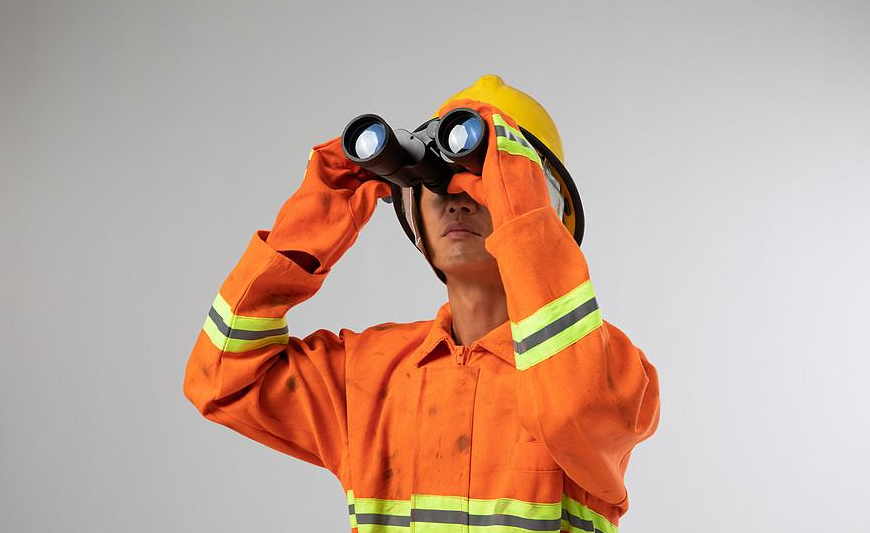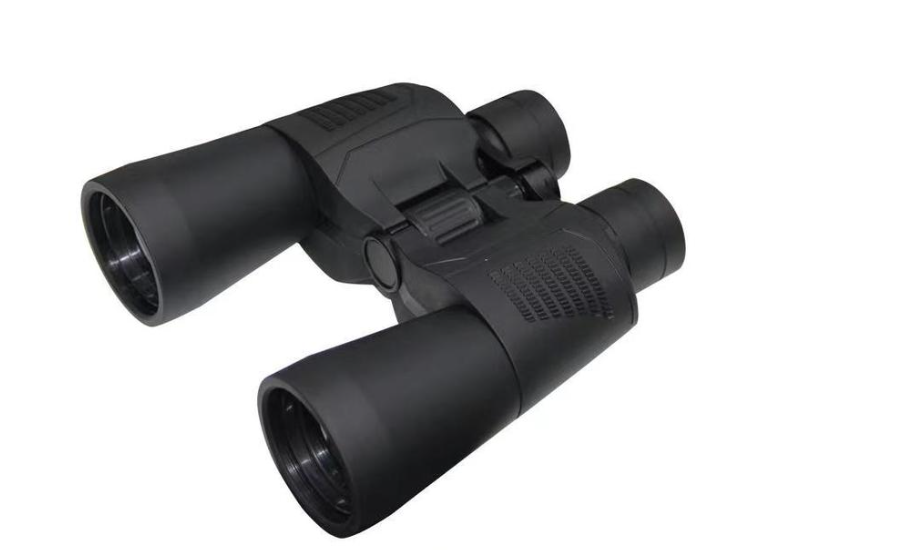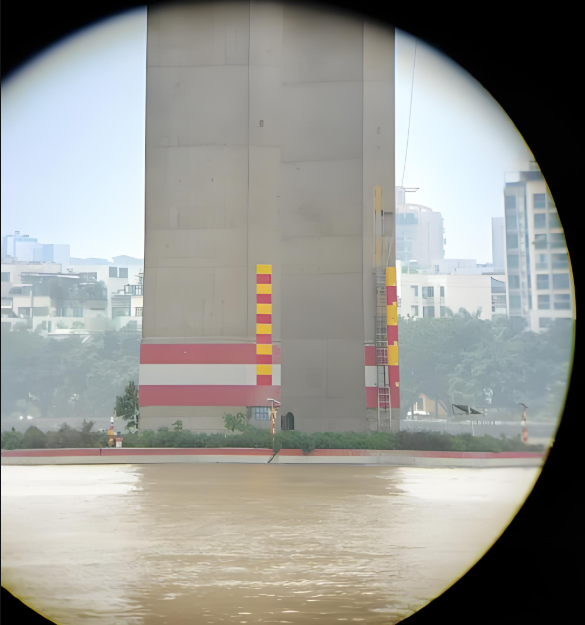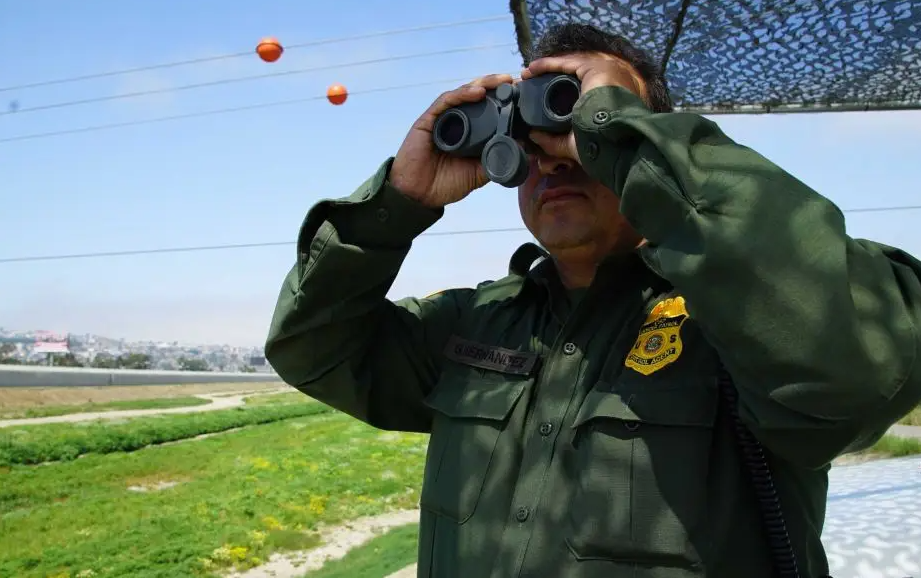In the race against time for emergency rescue operations, the acquisition of every key information may determine the survival of life. The telescope, a seemingly ordinary optical instrument, has become an indispensable assistant for emergency rescue personnel with its functions such as remote observation and precise positioning, and plays an irreplaceable role in various rescue scenarios.

Mountain rescue: "eyes" through the jungle
In mountain rescue, complex terrain and dense vegetation often bring huge challenges to rescue work. When rescuers face mountains and ravines, telescopes can help them quickly scan large areas to find traces of missing persons. For example, through telescopes, observe rock crevices at high altitudes, open spaces in dense woods, or look for caves that may serve as temporary shelters. Rescuers can use the high magnification function of the telescope to carefully observe whether there are reflective objects (such as mobile phones, watches, etc.), abnormal points in clothing color, or even weak smoke signals in the distance, so as to quickly lock the location of the trapped people and save precious search and rescue time.

In addition, telescopes are also crucial when formulating rescue routes. Rescuers can use it to survey the terrain in advance, understand the slope of the mountain, road conditions, river distribution and other information, determine which areas are suitable for hiking, and which places have landslides, falling rocks and other dangers, and then plan a safe and efficient rescue route to avoid rescuers from unnecessary dangers, and at the same time reach the trapped people as quickly as possible.
Water rescue: a "lighthouse" to lock hope
On the vast water surface, the target is easily disturbed by factors such as waves and water mist, making it difficult to find. Telescopes can help water rescuers find drowning people or distressed ships at a long distance. When facing the vast sea or wide rivers, rescuers can use telescopes to search for objects floating on the water within a certain range, and judge whether they are drowning people by observing the shape, color and dynamics of the objects. For example, in severe weather conditions, such as heavy rain and fog, the visible range of the naked eye is greatly reduced. The optical characteristics of the telescope enable it to penetrate some water mist, provide a longer observation distance, and help rescuers find potential rescue targets in time.

During the rescue process, the telescope can also assist rescuers in assessing the rescue environment. Observe the speed and direction of the water flow, as well as whether there are dangerous areas such as reefs and whirlpools around, to provide reference for the route of the rescue boats and ensure that the rescue operation is carried out safely and smoothly. At the same time, by continuously observing the status of the drowning person through the telescope, such as whether he still has physical strength and whether he has been carried away by the water flow, the rescuers can adjust the rescue strategy in time to improve the success rate of the rescue.
Fire rescue: a "shield" for insight into dangerous situations
At the scene of the fire, the smoke is billowing and the fire is fierce, and it is difficult for rescuers to directly observe the situation inside the fire. The telescope can help firefighters understand the development trend of the fire from a safe distance. By observing the height, spread direction and burning intensity of the flames, it can be judged whether the fire is under control and whether there is a trend of spreading to the surrounding areas. At the same time, the telescope can also help find people trapped in the building and observe whether there are distress signals from the trapped people in windows, balconies and other locations, such as waving clothes and flashing lights.
In addition, telescopes also play an important role in assessing the safety of the fire scene. Firefighters can use it to observe the structural stability of buildings and determine whether there is a risk of collapse, providing important basis for formulating rescue plans and determining the timing of entering the fire scene, and ensuring the safety of rescuers.

Other scene applications
Telescopes are also very useful in rescue operations for geological disasters such as earthquakes and mudslides. Rescuers can use it to observe whether there are signs of life in the ruins, find the location and condition of trapped people, and observe the dynamic changes in landslide areas to prevent secondary disasters. In the security work of large-scale events, telescopes can be used to monitor the on-site situation, promptly discover potential safety hazards and abnormal behaviors, and ensure the smooth progress of activities and the safety of personnel.
With the continuous advancement of science and technology, the functions of telescopes are also constantly upgraded. Nowadays, some telescopes are equipped with infrared thermal imaging, night vision and other functions, which can clearly observe targets even at night or in low visibility environments, further expanding the scope of application of telescopes in the field of emergency rescue. With its unique functions, telescopes play an increasingly important role in emergency rescue work, providing strong support for saving lives and reducing disaster losses.
The above introduces the application of telescopes in various rescue scenarios. If you want to know the specific model selection of telescopes for a certain type of rescue, or its technical development, you can tell me.


